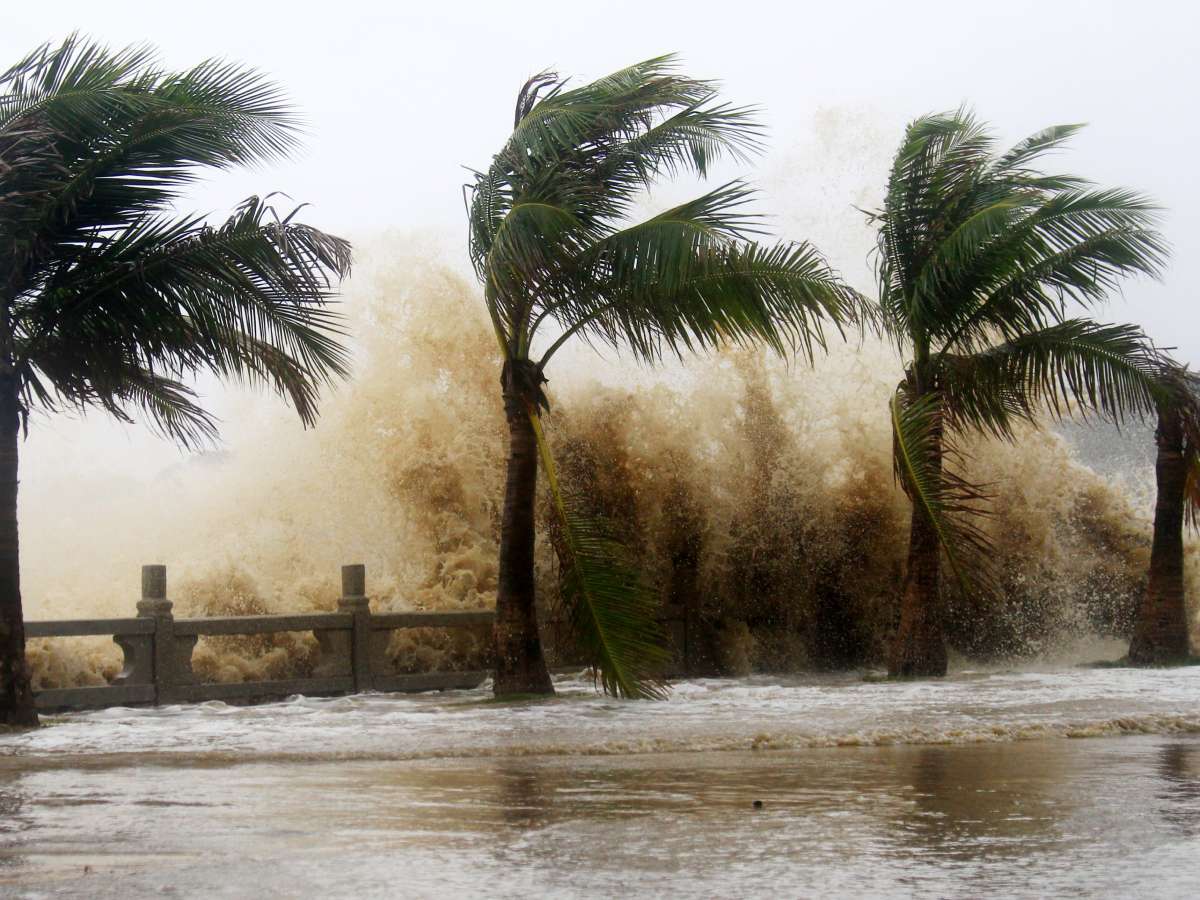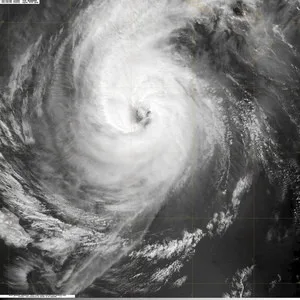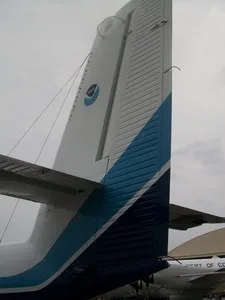Hurricane wind can do some serious — even catastrophic — damage.
As we have seen all too often in the past, even when hurricanes don’t quite hit land, but stay offshore, the winds of a hurricane can:
- Do a terrible number on our property
- Cause serious erosion of our beaches
- Create some bad weather conditions for a few days
Maximum sustained hurricane wind speeds must be at least 74 mph or greater — any less, and those are not hurricane-force winds.

It’s also important to remember… Just because a hurricane is passing near you, that doesn’t mean that you are necessarily going to experience hurricane-force winds.
That’s because hurricane winds lessen in strength the further from the eye of the hurricane they are.
Therefore, if a hurricane has 100 mph maximum sustained winds at its eye, you may feel only 35 to 50 mph winds 75 miles away from the eye.
But there’s no exact science on how strong winds must be away from the eye. Every hurricane is different.
How & Why Hurricanes Form

A hurricane can cause severe and even devastating destruction to homes and businesses once the storm makes landfall.
But, in nature, hurricanes serve a very important role.
Hurricanes form over warm ocean waters when gathering thunderstorms become an area of low pressure and further strengthen.
Hurricanes can travel at speeds of 20 mph or greater and pack winds of over 155 mph. It’s easy to see why hurricanes wind up doing some pretty extreme damage.
So how exactly do hurricanes serve a good purpose (as I referred to above) when they tend to destroy our communities and many things within them?
Actually, hurricanes do a number of beneficial things:
- Hurricanes cool off areas underneath with rain, wind, and cloud cover.
- Rains from a hurricane can end a drought very quickly.
- Hurricanes may destroy trees and mess up beaches, but in the process they encourage the growth of new trees and create new sand bars and other beach formations.
Airplanes Make Hurricane Research Even Easier
Check out the types of hurricane planes that scientists who are conducting hurricane research use to find out data about those large storms churning out over the ocean.

Hurricane hunters are planes that are used by scientists to gather information, including:
- Barometric pressure
- Wind speed
- Center of rotation (the eye of the storm)
There’s no doubt about it… They fly dangerous missions for the safety of the nation.
See how pilots avoid lightning and thunderstorms when flying.




